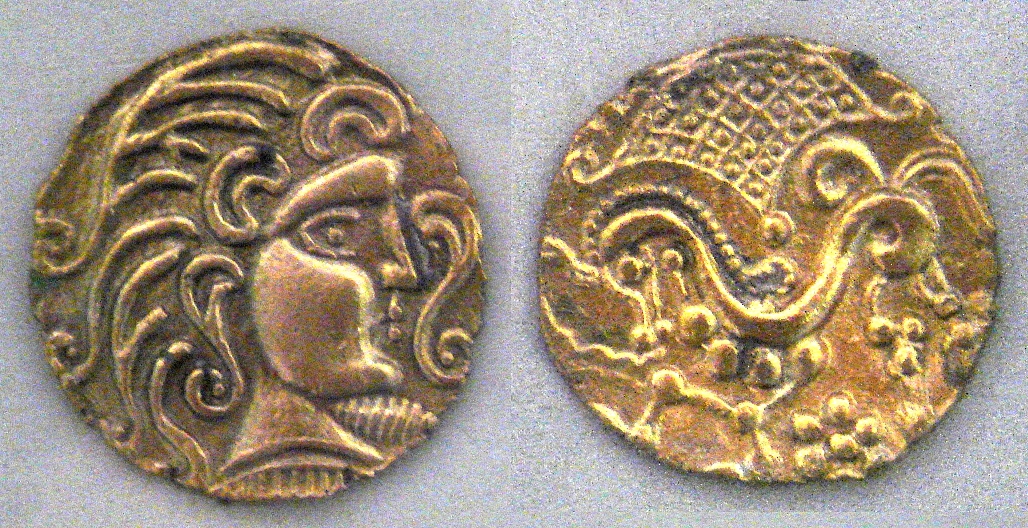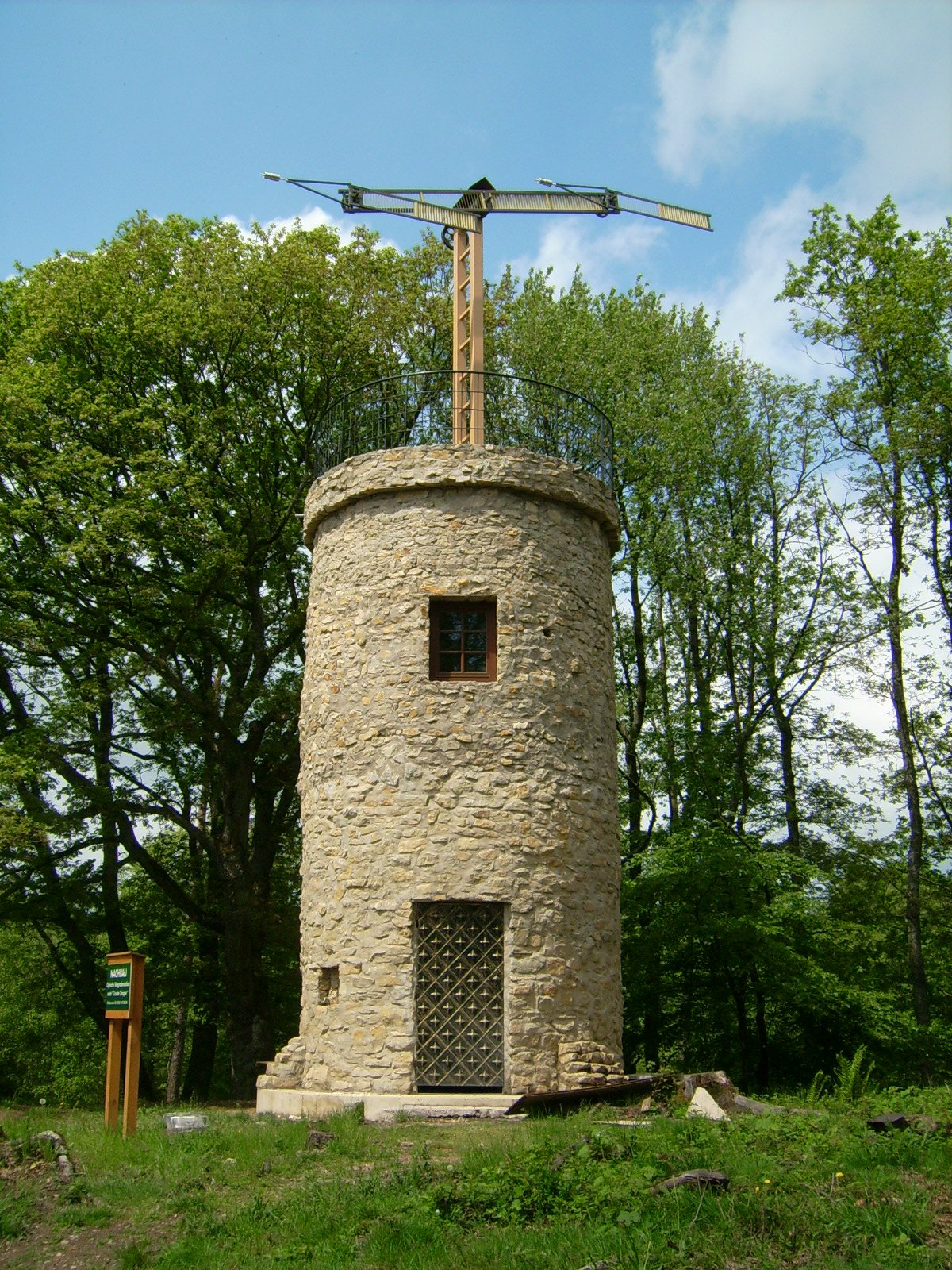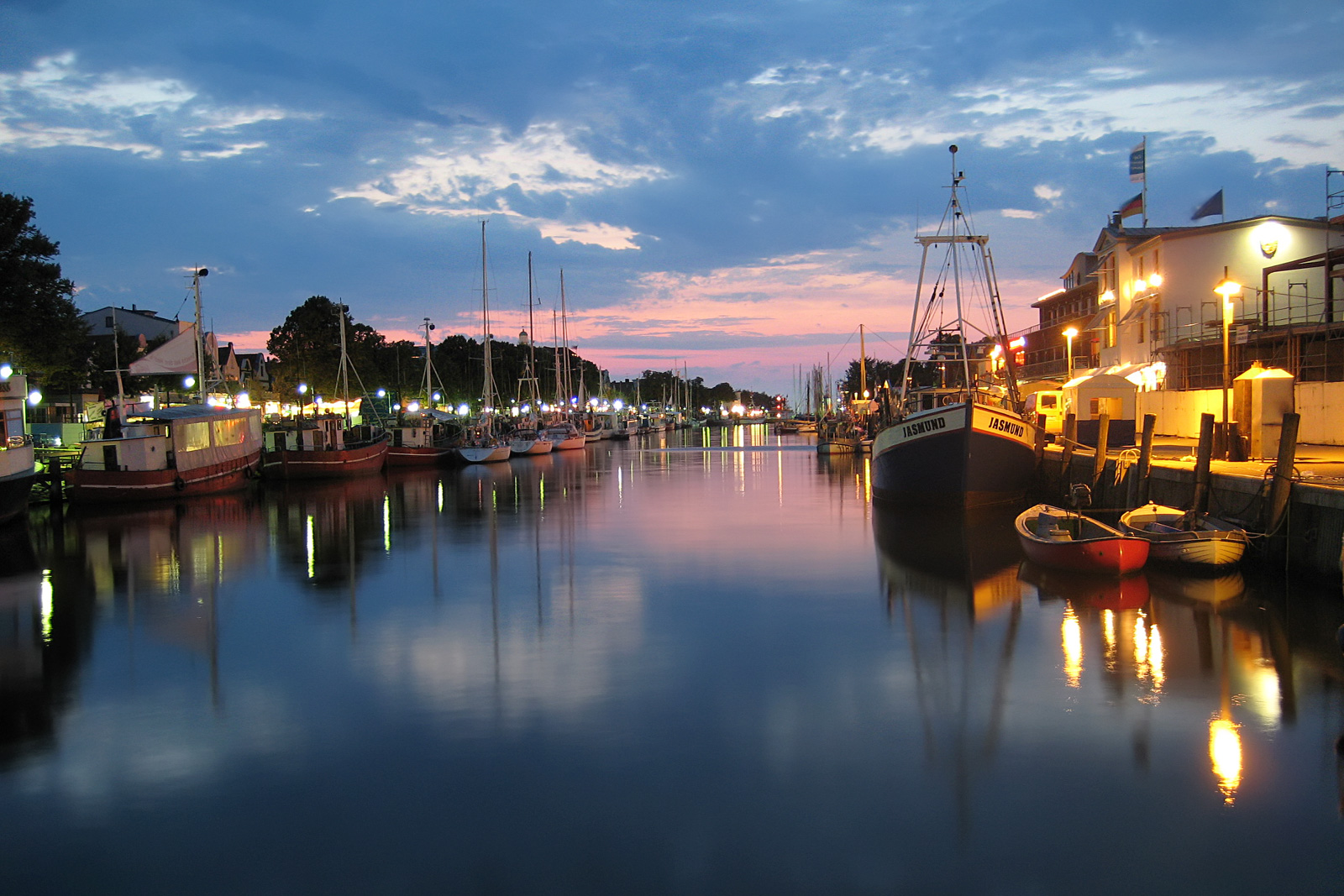|
Florvil Hyppolite
Louis Mondestin Florvil Hyppolite (26 May 1828 – 24 March 1896) was a Haitian general and politician who served as the President of Haiti from 17 October 1889 to 24 March 1896. Early life and career Hyppolite was born in 1827 at Cap-Haïtien to a Haitian family of mixed French and African descent. He was well educated and entered politics in the presidential campaign of Faustin Soulouque. During the revolution of 1865 he distinguished himself as a soldier. After the war he went back to local politics and did not figure in public life until the overthrow of President Lysius Salomon by General François Denys Légitime in 1888. He then was a leader under General Seïde Thélémaque in the northern part of the republic. In 1889 he headed a revolt against President Légitime. President of Haiti (1889–1896) On 9 October 1889, Hyppolite was elected to a seven-year term as president of Haiti by the Constituent Assembly, which met at Gonaives. Hyppolite took the oath of ... [...More Info...] [...Related Items...] OR: [Wikipedia] [Google] [Baidu] |
List Of Heads Of State Of Haiti
This article lists the heads of state of Haiti since the beginning of the Haitian Revolution in 1791. Full independence of Haiti was declared in 1804. Between 1806 and 1820 Haiti was divided between the northern ''State'', renamed ''Kingdom'' in 1811, and the southern ''Republic''. Between 1822 and 1844 the reunified ''Republic of Haiti'' ruled over the entire island of Hispaniola, during the Haitian occupation of Santo Domingo. Saint-Domingue (1791–1804) First Empire of Haiti (1804–1806) Divided Haiti (1806–1820) State of Haiti (1806–1811) Kingdom of Haiti (1811–1820) Republic of Haiti (1806–1820) Republic of Haiti (1820–1849) Second Empire of Haiti (1849–1859) Republic of Haiti (1859–1957) ;''Status'' * Republic of Haiti during the Duvalier dynasty (1957–1986) ;Symbols * Presidential referendum * Constitutional referendum Republic of Haiti (1986–present) ;Symbols * Indirect election ;''Status'' * Timeline since 1804 See also * H ... [...More Info...] [...Related Items...] OR: [Wikipedia] [Google] [Baidu] |
Constitution Of Haiti
The Constitution of Haiti (french: Constitution d'Haïti, ht, Konstitisyon Ayiti) was modeled after the constitutions of the United States, Poland and France. The latest version of the document was approved by Parliament in March 2011 and came into effect on June 20, 2012. History A total of 23 constitutions have been promulgated throughout Haiti's history, the first of which was promulgated under the short-lived government of then-Governor-General Toussaint Louverture, who had become the leader of the revolutionary forces in the Haitian Revolution. * Constitution of Saint-Domingue (1801). Established Toussaint as Governor for Life and gave him the right to select his successor (future governors would be limited to 5 year terms.) Provided a mechanism to overthrow any governor avoiding election. Abolished slavery and racial restrictions on employment, but upheld ''fermage'', leases, and restrictions on movement. Estates abandoned by their owners during the revolution to be he ... [...More Info...] [...Related Items...] OR: [Wikipedia] [Google] [Baidu] |
Jacmel
Jacmel (; ht, Jakmèl) is a commune in southern Haiti founded by the Spanish in 1504 and repopulated by the French in 1698. It is the capital of the department of Sud-Est, 24 miles (39 km) southwest of Port-au-Prince across the Tiburon Peninsula, and has an estimated population of 40,000, while the commune of Jacmel had a population of 137,966 at the 2003 Census. The town's name is derived from its indigenous Taíno name of ''Yaquimel''. In 1925, Jacmel was dubbed as the "City of Light," becoming the first in the Caribbean to have electricity. The city is known for its well-preserved French Colonial architecture built in the early 19th century. The town has been tentatively accepted as a World Heritage Site. It sustained damage in the 2010 Haiti earthquake. History The town was founded by the ''Compagnie de Saint-Domingue'' in 1698 as the capital of the southeastern part of the French colony Saint-Domingue. The area now called Jacmel was Taíno territory, part of the Xara ... [...More Info...] [...Related Items...] OR: [Wikipedia] [Google] [Baidu] |
Paris
Paris () is the capital and most populous city of France, with an estimated population of 2,165,423 residents in 2019 in an area of more than 105 km² (41 sq mi), making it the 30th most densely populated city in the world in 2020. Since the 17th century, Paris has been one of the world's major centres of finance, diplomacy, commerce, fashion, gastronomy, and science. For its leading role in the arts and sciences, as well as its very early system of street lighting, in the 19th century it became known as "the City of Light". Like London, prior to the Second World War, it was also sometimes called the capital of the world. The City of Paris is the centre of the Île-de-France region, or Paris Region, with an estimated population of 12,262,544 in 2019, or about 19% of the population of France, making the region France's primate city. The Paris Region had a GDP of €739 billion ($743 billion) in 2019, which is the highest in Europe. According to the Economis ... [...More Info...] [...Related Items...] OR: [Wikipedia] [Google] [Baidu] |
French Franc
The franc (, ; sign: F or Fr), also commonly distinguished as the (FF), was a currency of France. Between 1360 and 1641, it was the name of coins worth 1 livre tournois and it remained in common parlance as a term for this amount of money. It was reintroduced (in decimal form) in 1795. After two centuries of inflation, it was redenominated in 1960, with each (NF) being worth 100 old francs. The NF designation was continued for a few years before the currency returned to being simply the franc. Many French residents, though, continued to quote prices of especially expensive items in terms of the old franc (equivalent to the new centime), up to and even after the introduction of the euro (for coins and banknotes) in 2002. The French franc was a commonly held international reserve currency of reference in the 19th and 20th centuries. Between 1998 and 2002, the conversion of francs to euros was carried out at a rate of 6.55957 francs to 1 euro. History The French Franc ... [...More Info...] [...Related Items...] OR: [Wikipedia] [Google] [Baidu] |
Internal Debt
In public finance, internal debt or domestic debt is the component of the total government debt in a country that is owed to lenders within the country. Internal government debt is complement is external government debt. The main sources of funds for internal debts are commercial banks and other financial institutions. Internal public debt owed by a government (money a government borrows from its citizens) is part of the country's national debt. It is a form of fiat creation of money, in which the government obtains finance not by creating it ''de novo'', but by borrowing it. The money created is in the form of treasury securities or securities borrowed from the central bank. These may be traded but will only rarely be spent on goods and services. In this way, the expected increase in inflation due to the increase in national wealth is lower than if the government had simply created the money ''de novo'' and increased the more liquid forms of wealth (i.e., the money supply ... [...More Info...] [...Related Items...] OR: [Wikipedia] [Google] [Baidu] |
Telephone
A telephone is a telecommunications device that permits two or more users to conduct a conversation when they are too far apart to be easily heard directly. A telephone converts sound, typically and most efficiently the human voice, into electronic signals that are transmitted via cables and other communication channels to another telephone which reproduces the sound to the receiving user. The term is derived from el, τῆλε (''tēle'', ''far'') and φωνή (''phōnē'', ''voice''), together meaning ''distant voice''. A common short form of the term is ''phone'', which came into use early in the telephone's history. In 1876, Alexander Graham Bell was the first to be granted a United States patent for a device that produced clearly intelligible replication of the human voice at a second device. This instrument was further developed by many others, and became rapidly indispensable in business, government, and in households. The essential elements of a telephone are ... [...More Info...] [...Related Items...] OR: [Wikipedia] [Google] [Baidu] |
Telegraphy
Telegraphy is the long-distance transmission of messages where the sender uses symbolic codes, known to the recipient, rather than a physical exchange of an object bearing the message. Thus flag semaphore is a method of telegraphy, whereas pigeon post is not. Ancient signalling systems, although sometimes quite extensive and sophisticated as in China, were generally not capable of transmitting arbitrary text messages. Possible messages were fixed and predetermined and such systems are thus not true telegraphs. The earliest true telegraph put into widespread use was the optical telegraph of Claude Chappe, invented in the late 18th century. The system was used extensively in France, and European nations occupied by France, during the Napoleonic era. The electric telegraph started to replace the optical telegraph in the mid-19th century. It was first taken up in Britain in the form of the Cooke and Wheatstone telegraph, initially used mostly as an aid to railway signallin ... [...More Info...] [...Related Items...] OR: [Wikipedia] [Google] [Baidu] |
Canal
Canals or artificial waterways are waterways or engineered channels built for drainage management (e.g. flood control and irrigation) or for conveyancing water transport vehicles (e.g. water taxi). They carry free, calm surface flow under atmospheric pressure, and can be thought of as artificial rivers. In most cases, a canal has a series of dams and locks that create reservoirs of low speed current flow. These reservoirs are referred to as ''slack water levels'', often just called ''levels''. A canal can be called a ''navigation canal'' when it parallels a natural river and shares part of the latter's discharges and drainage basin, and leverages its resources by building dams and locks to increase and lengthen its stretches of slack water levels while staying in its valley. A canal can cut across a drainage divide atop a ridge, generally requiring an external water source above the highest elevation. The best-known example of such a canal is the Panama C ... [...More Info...] [...Related Items...] OR: [Wikipedia] [Google] [Baidu] |
Wharf
A wharf, quay (, also ), staith, or staithe is a structure on the shore of a harbour or on the bank of a river or canal where ships may dock to load and unload cargo or passengers. Such a structure includes one or more Berth (moorings), berths (Mooring (watercraft), mooring locations), and may also include piers, warehouses, or other facilities necessary for handling the ships. Wharves are often considered to be a series of docks at which boats are stationed. Overview A wharf commonly comprises a fixed platform, often on deep foundation, pilings. Commercial ports may have warehouses that serve as interim storage: where it is sufficient a single wharf with a single berth constructed along the land adjacent to the water is normally used; where there is a need for more capacity multiple wharves, or perhaps a single large wharf with multiple berths, will instead be constructed, sometimes projecting over the water. A pier, raised over the water rather than within it, is commonly use ... [...More Info...] [...Related Items...] OR: [Wikipedia] [Google] [Baidu] |
World's Columbian Exposition
The World's Columbian Exposition (also known as the Chicago World's Fair) was a world's fair held in Chicago in 1893 to celebrate the 400th anniversary of Christopher Columbus's arrival in the New World in 1492. The centerpiece of the Fair, held in Jackson Park, was a large water pool representing the voyage Columbus took to the New World. Chicago had won the right to host the fair over several other cities, including New York City New York, often called New York City or NYC, is the most populous city in the United States. With a 2020 population of 8,804,190 distributed over , New York City is also the most densely populated major city in the U ..., Washington, D.C., and St. Louis. The exposition was an influential social and cultural event and had a profound effect on American Architecture of the United States, architecture, the arts, American industrial optimism, and Chicago's image. The layout of the Chicago Columbian Exposition was, in lar ... [...More Info...] [...Related Items...] OR: [Wikipedia] [Google] [Baidu] |
Vatican City
Vatican City (), officially the Vatican City State ( it, Stato della Città del Vaticano; la, Status Civitatis Vaticanae),—' * german: Vatikanstadt, cf. '—' (in Austria: ') * pl, Miasto Watykańskie, cf. '—' * pt, Cidade do Vaticano—' * es, Ciudad del Vaticano—' is an independent city-state, microstate and enclave within Rome, Italy. Also known as The Vatican, the state became independent from Italy in 1929 with the Lateran Treaty, and it is a distinct territory under "full ownership, exclusive dominion, and sovereign authority and jurisdiction" of the Holy See, itself a sovereign entity of international law, which maintains the city state's temporal, diplomatic, and spiritual independence. With an area of and a 2019 population of about 453, it is the smallest state in the world both by area and population. As governed by the Holy See, Vatican City State is an ecclesiastical or sacerdotal- monarchical state ruled by the Pope who is the bishop of Rome ... [...More Info...] [...Related Items...] OR: [Wikipedia] [Google] [Baidu] |







